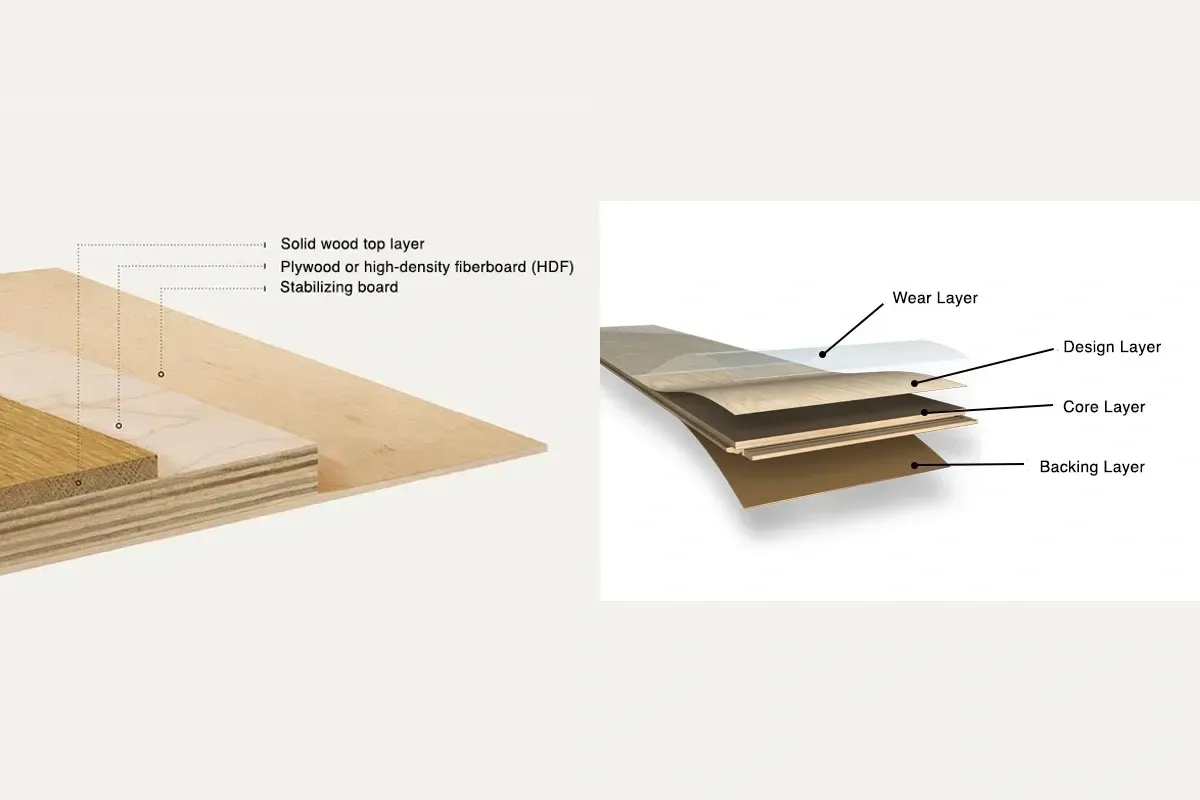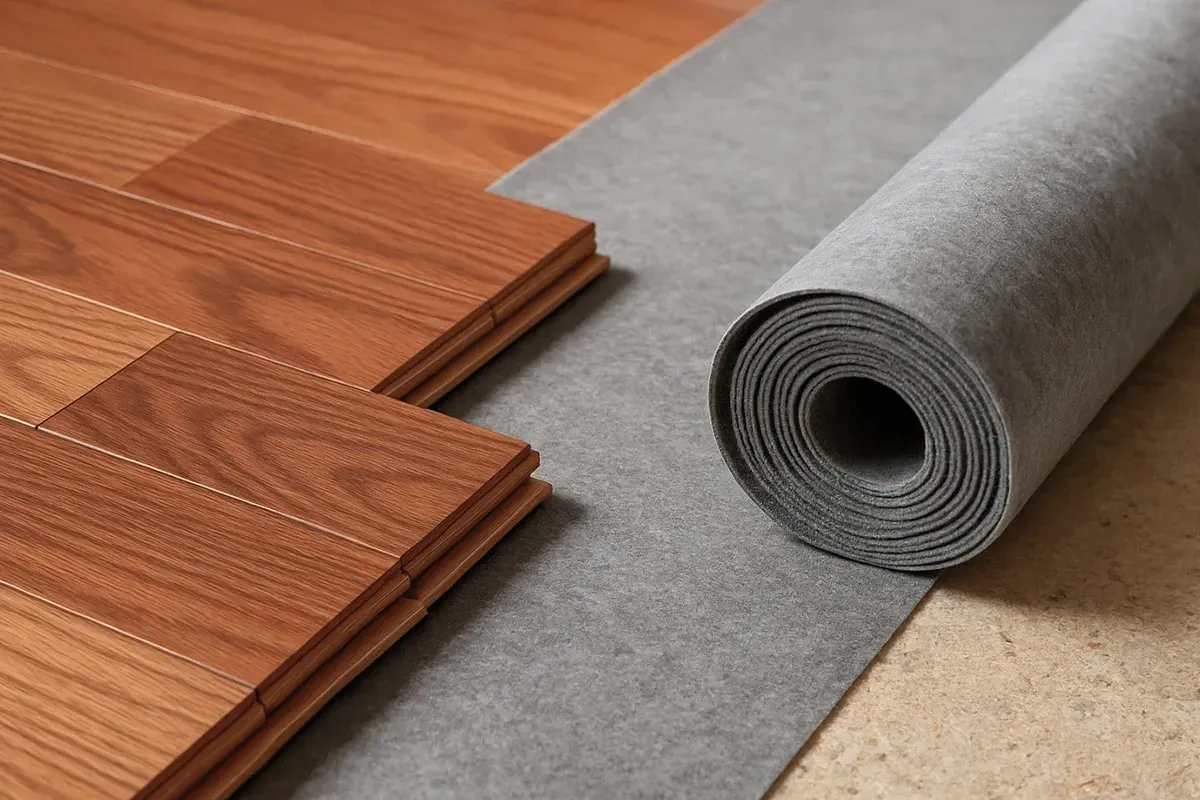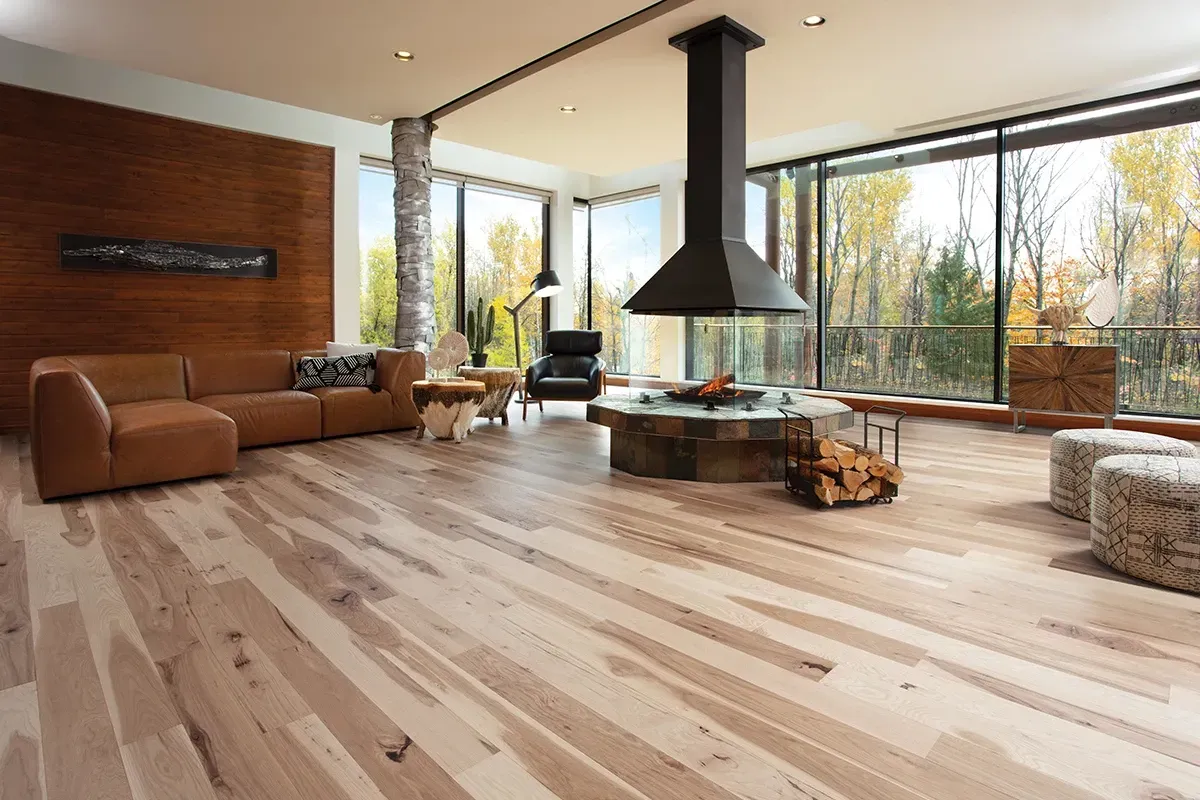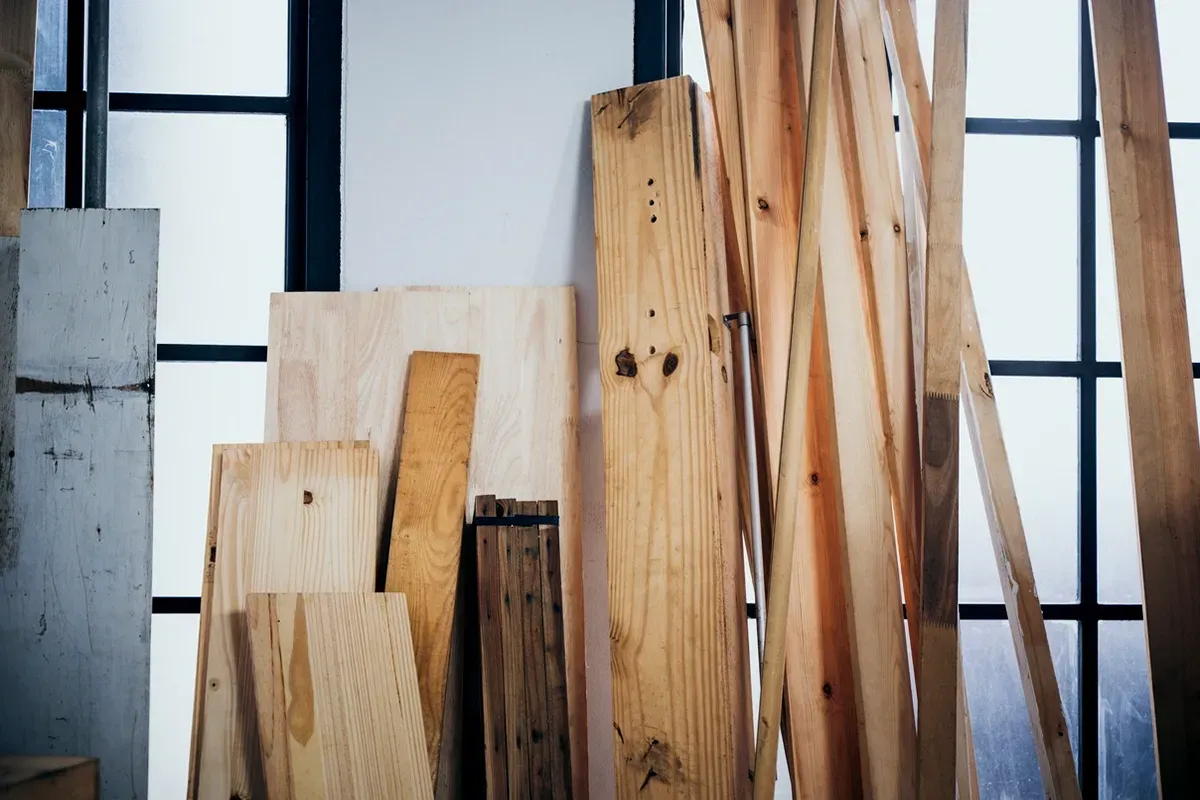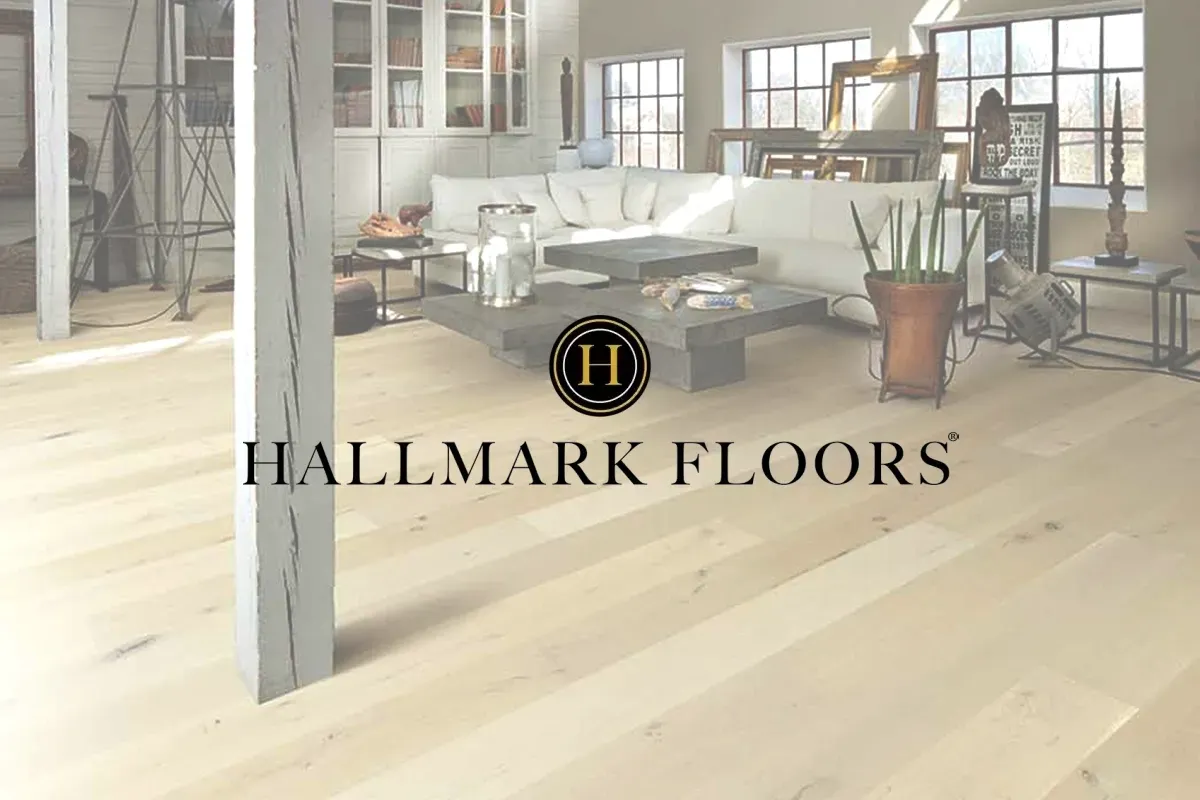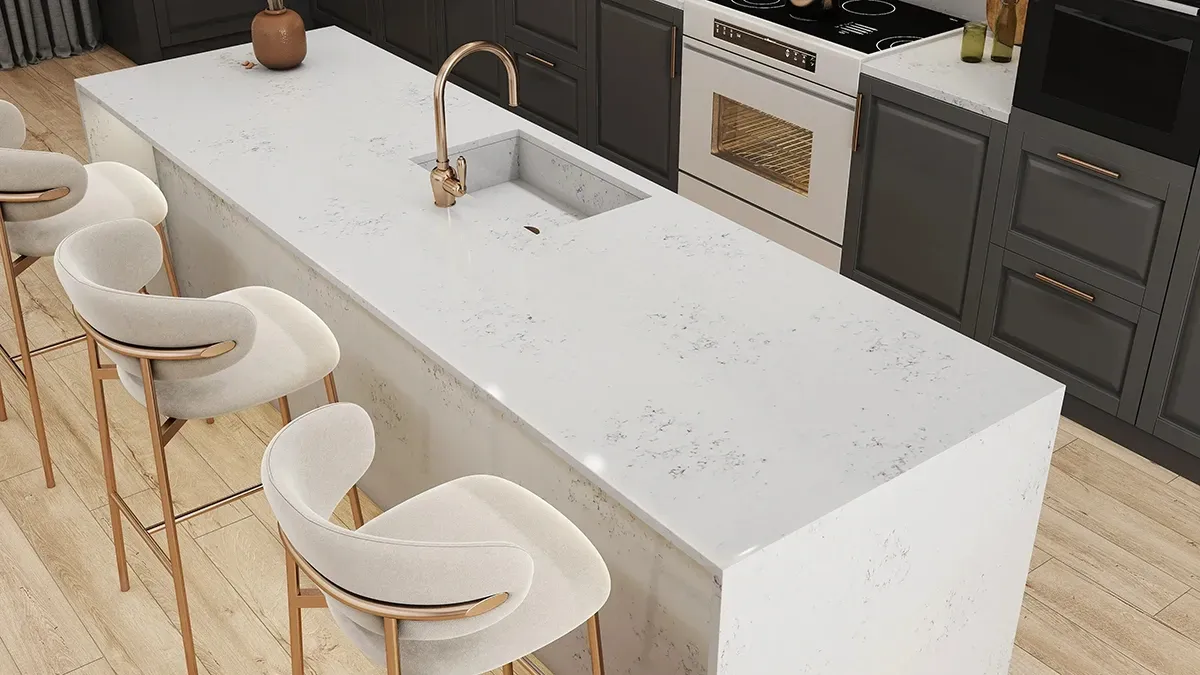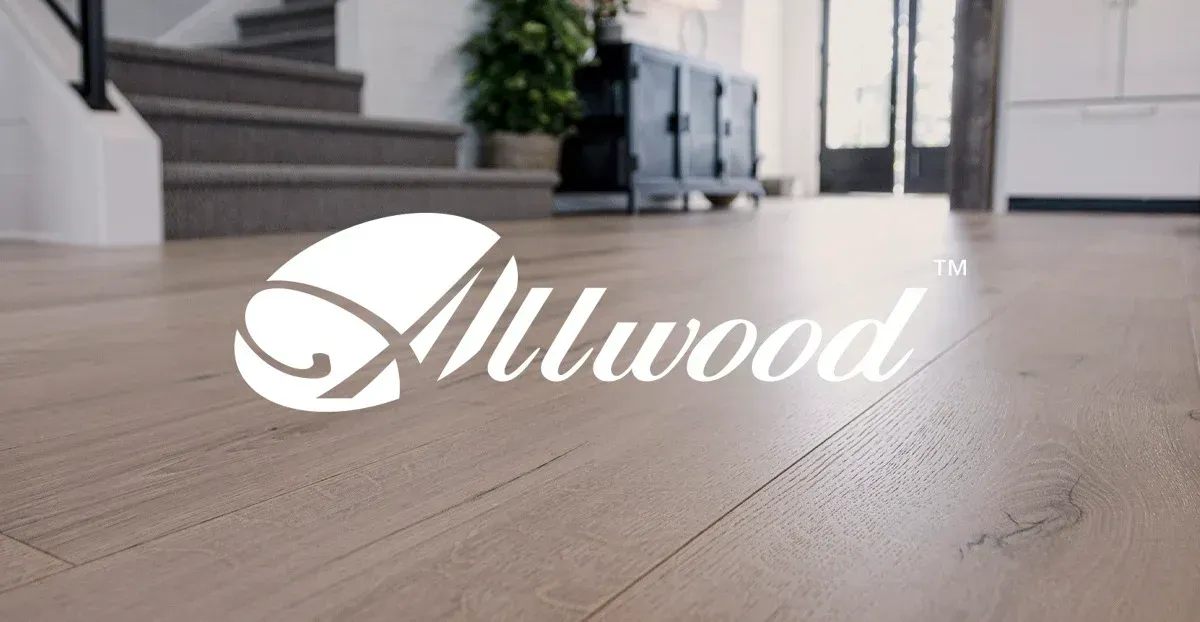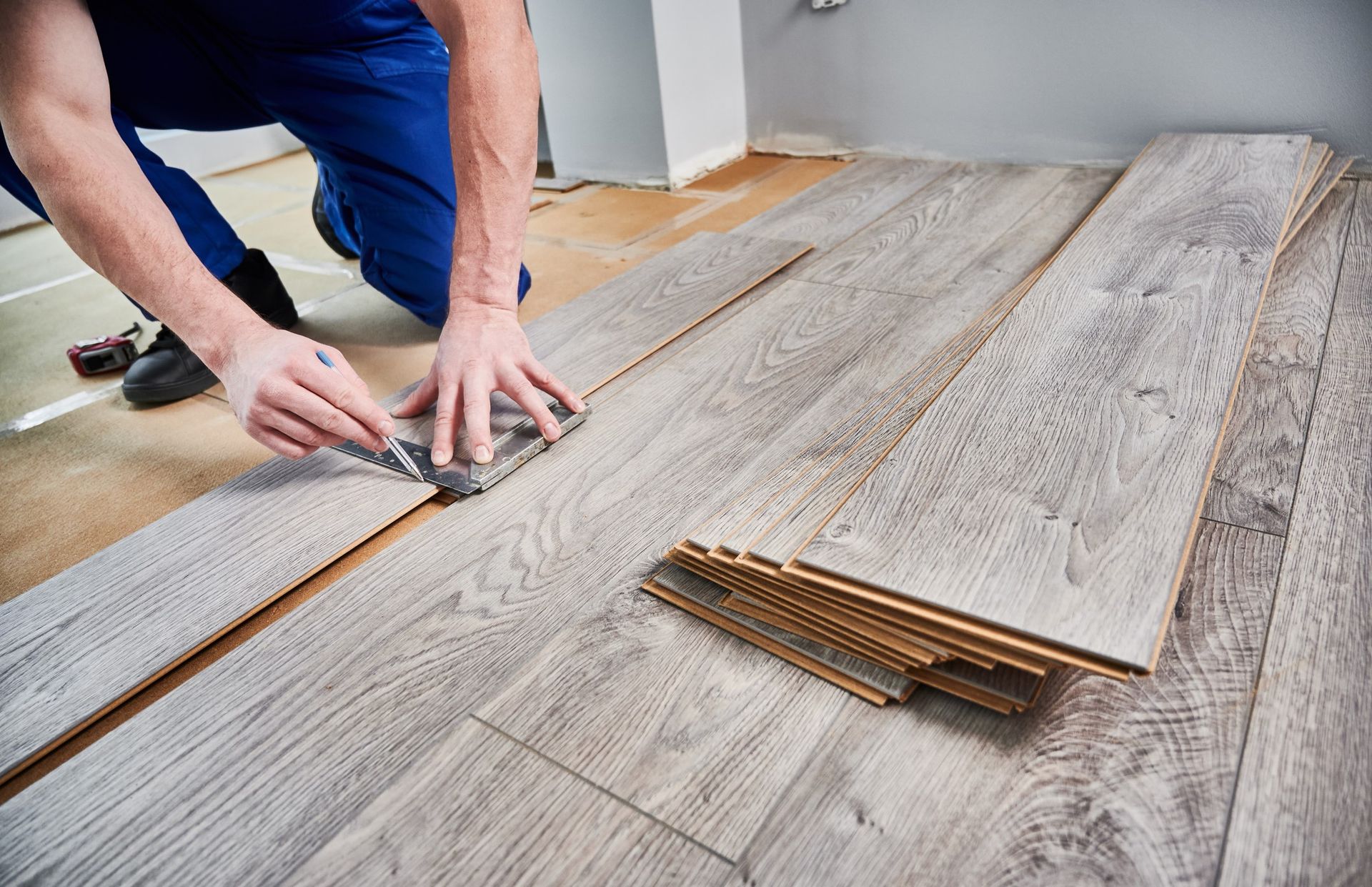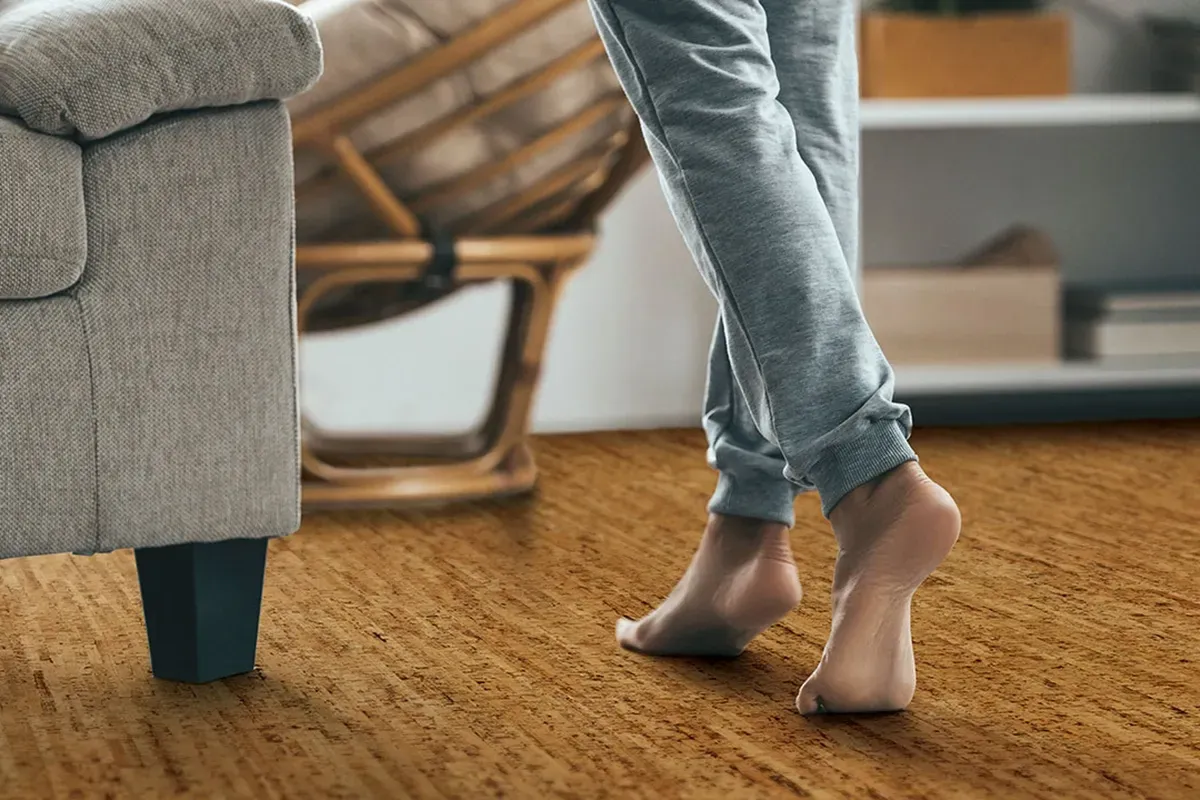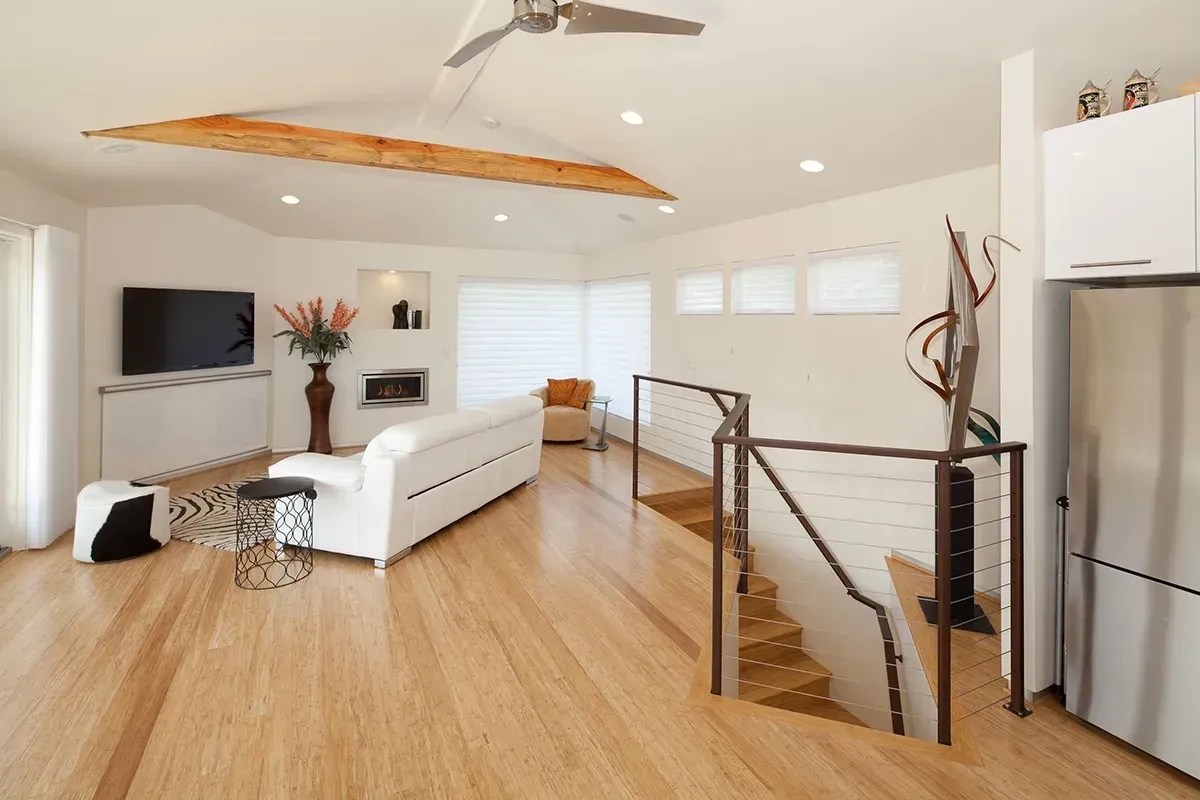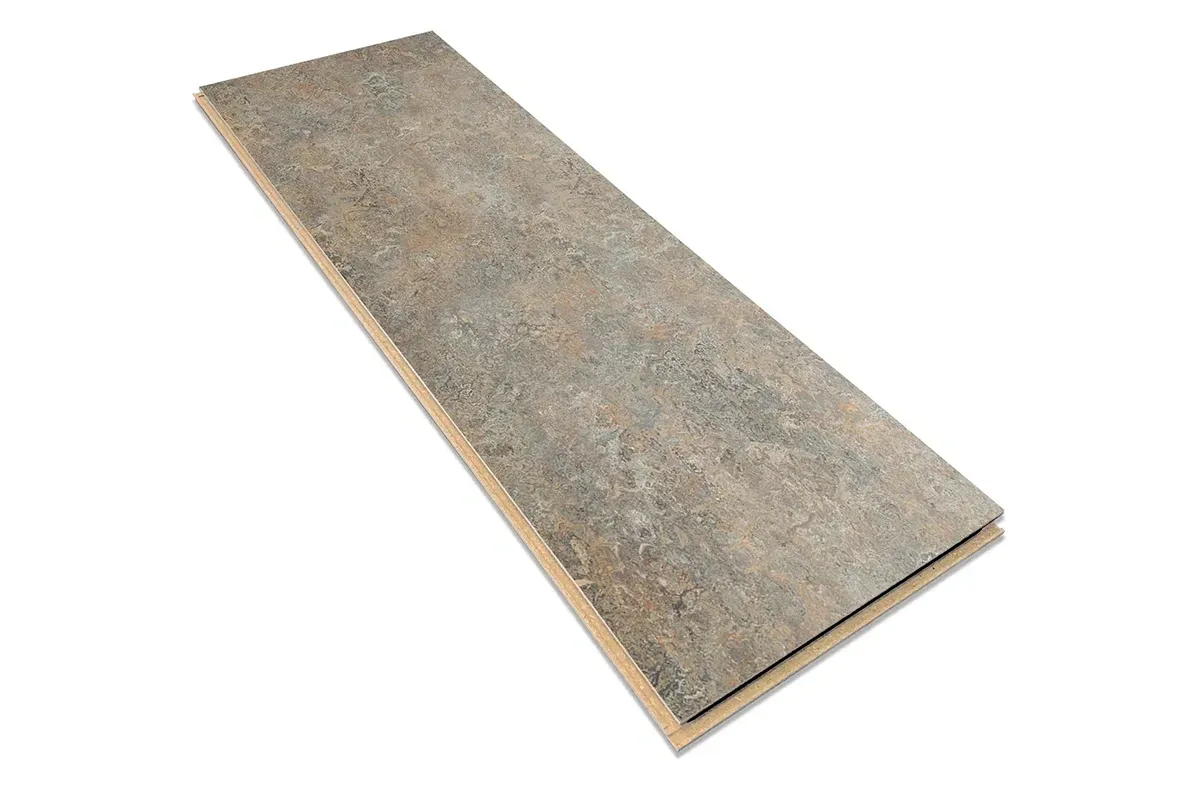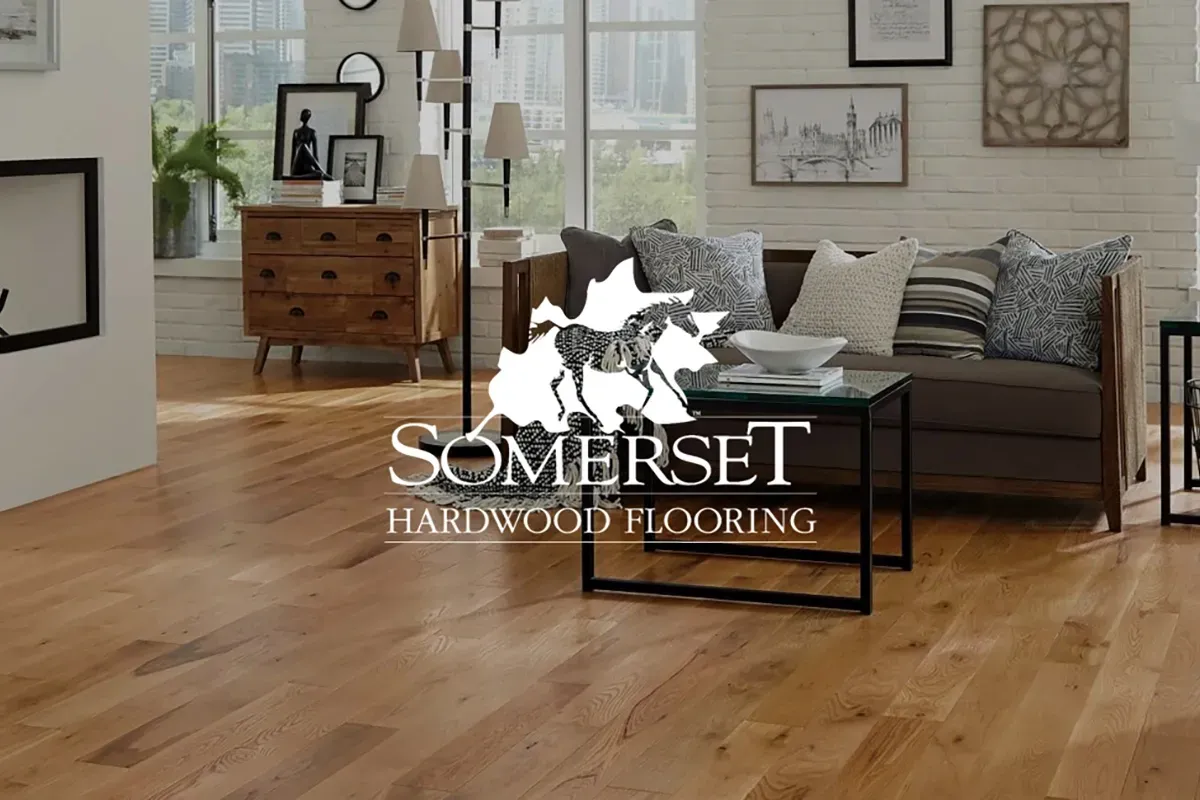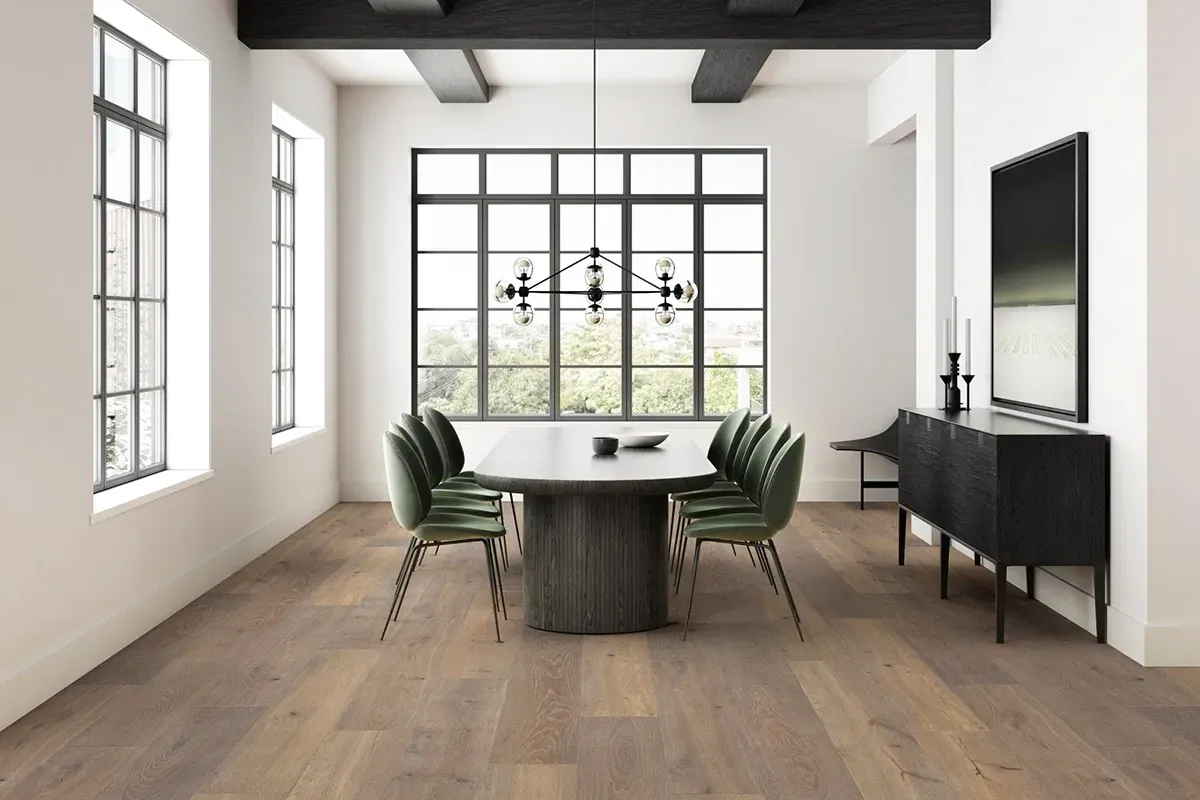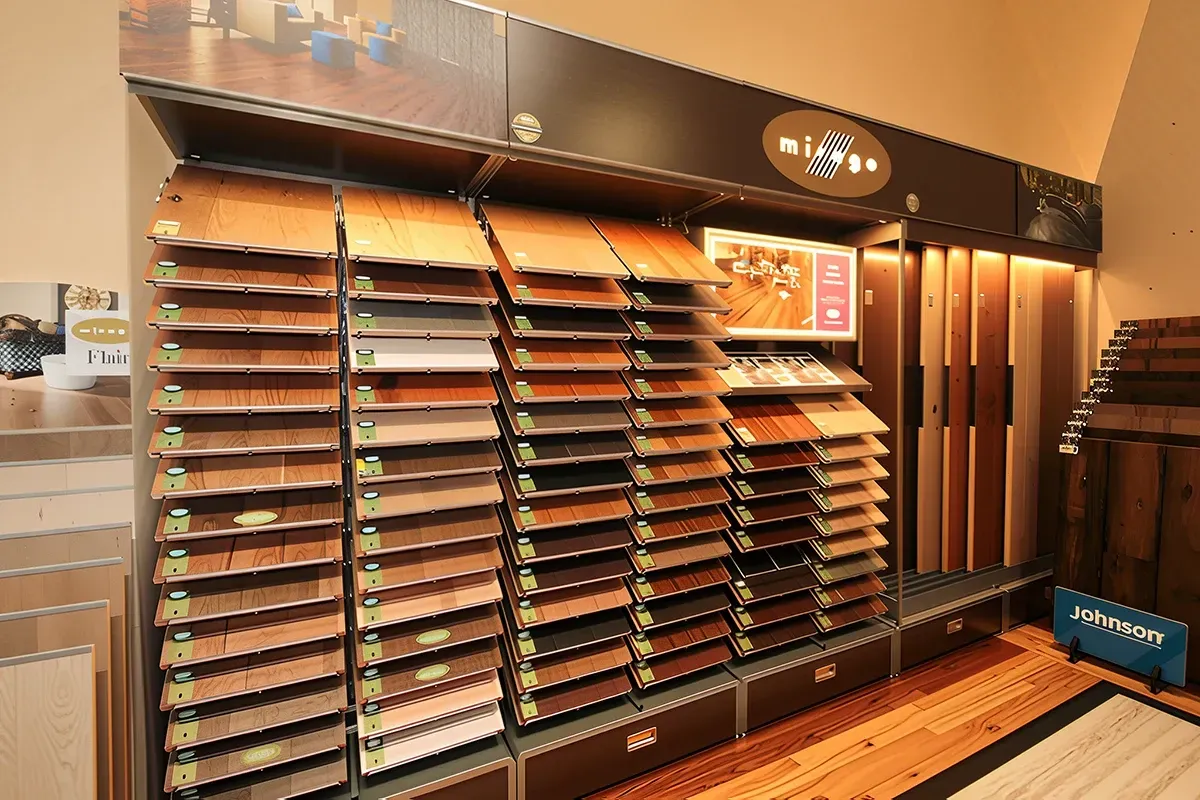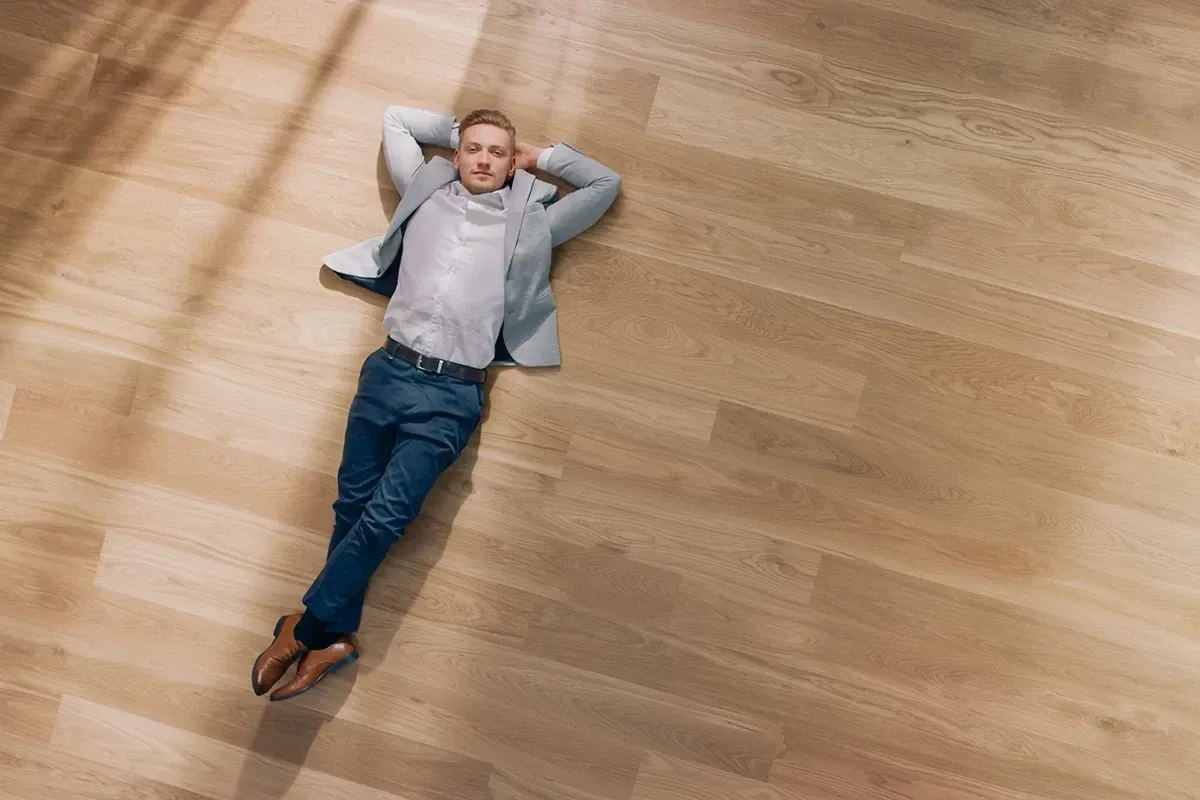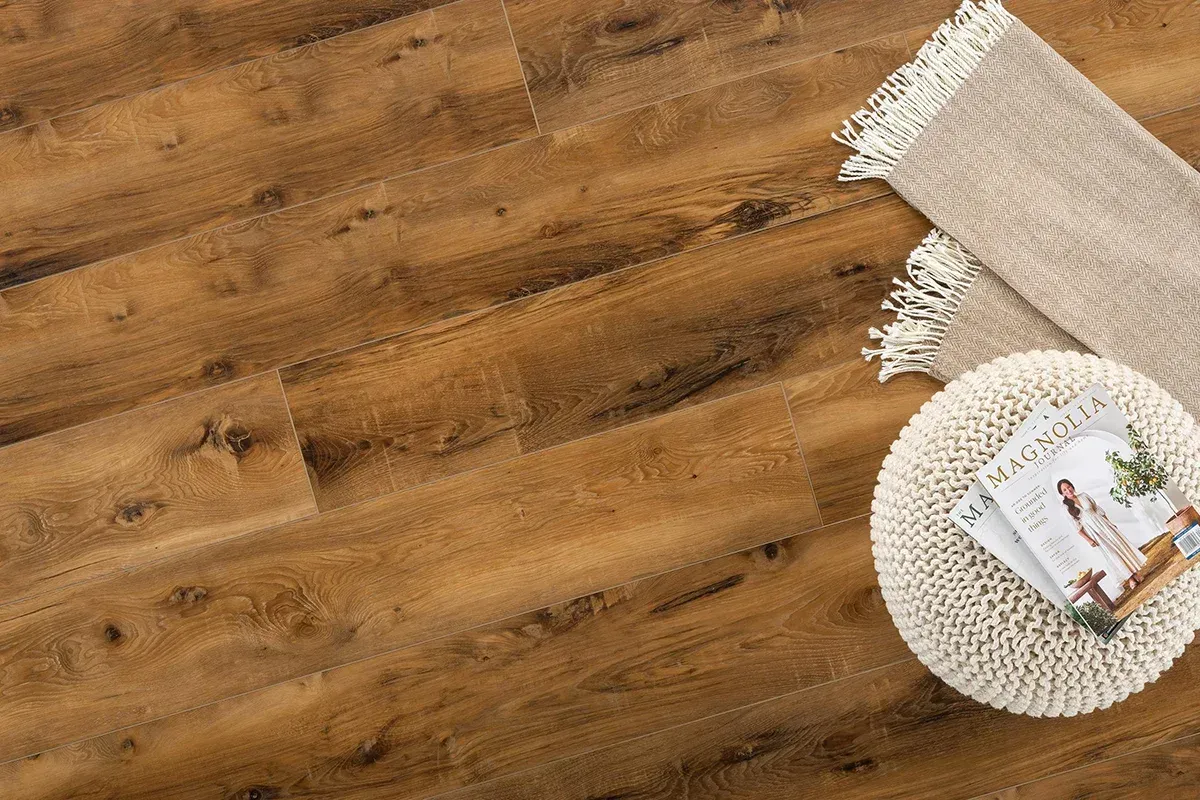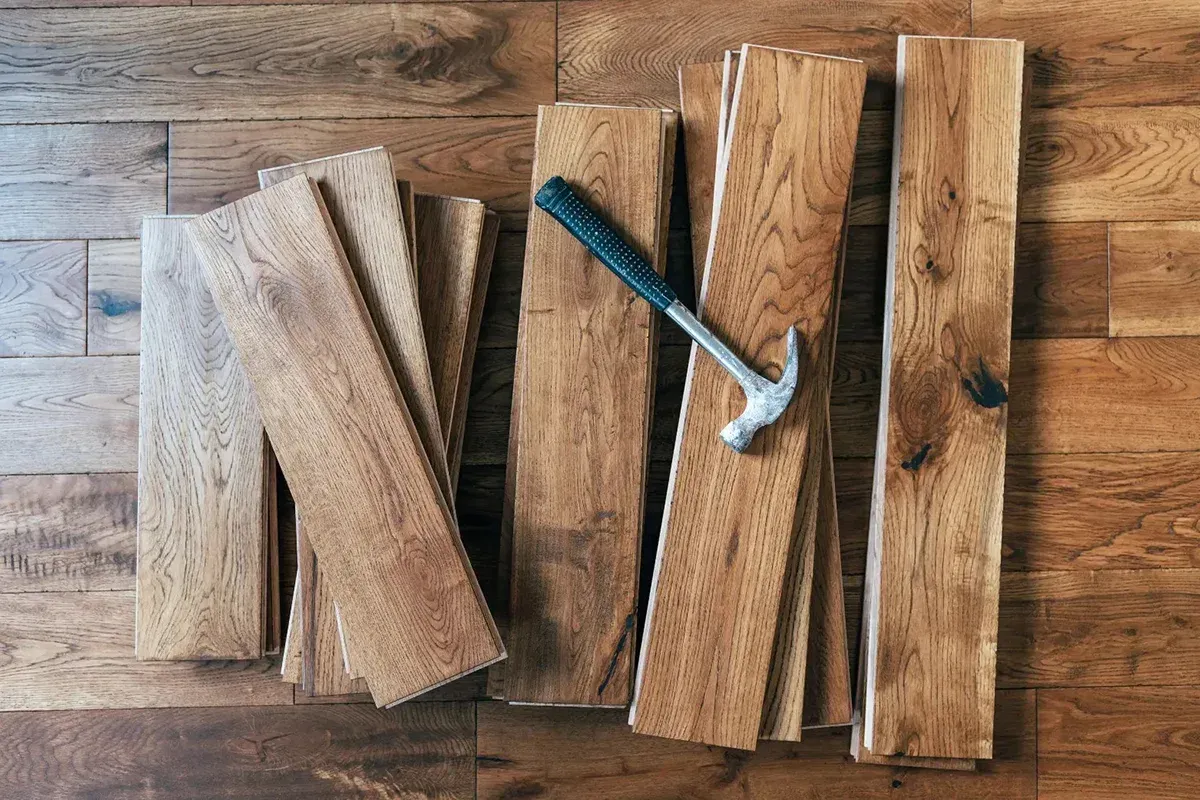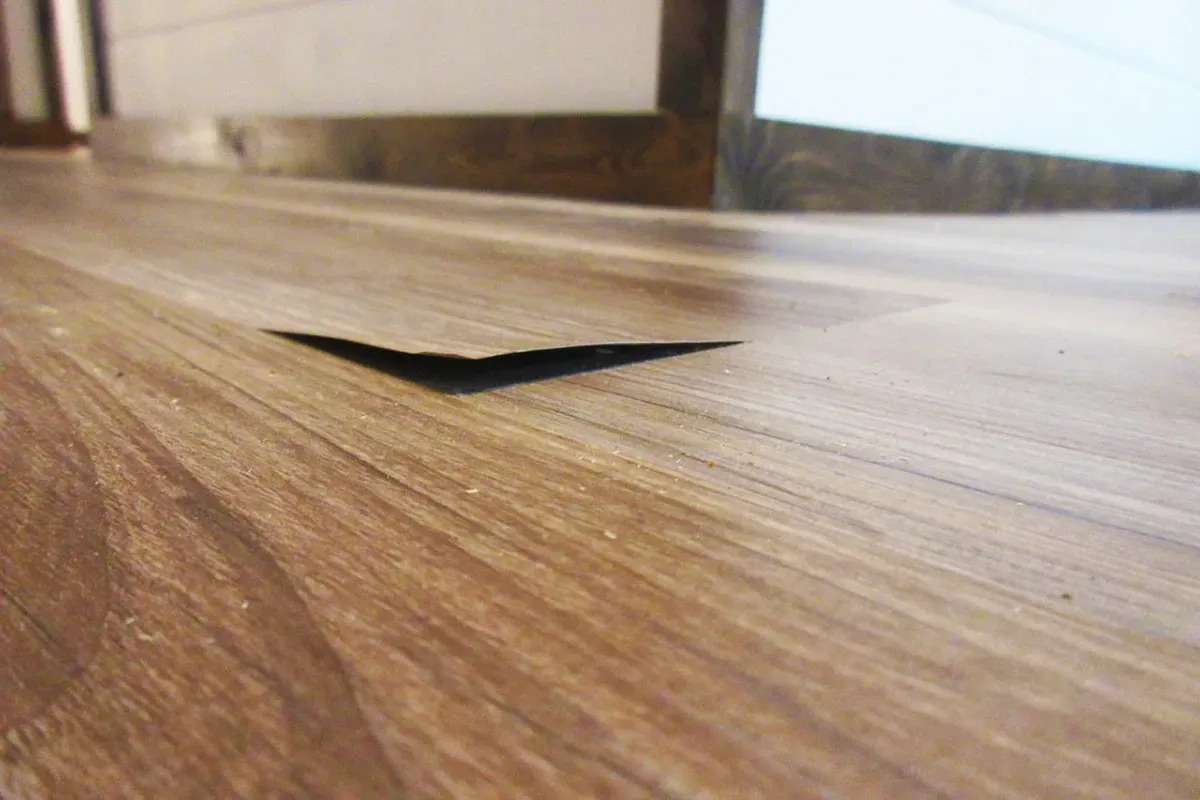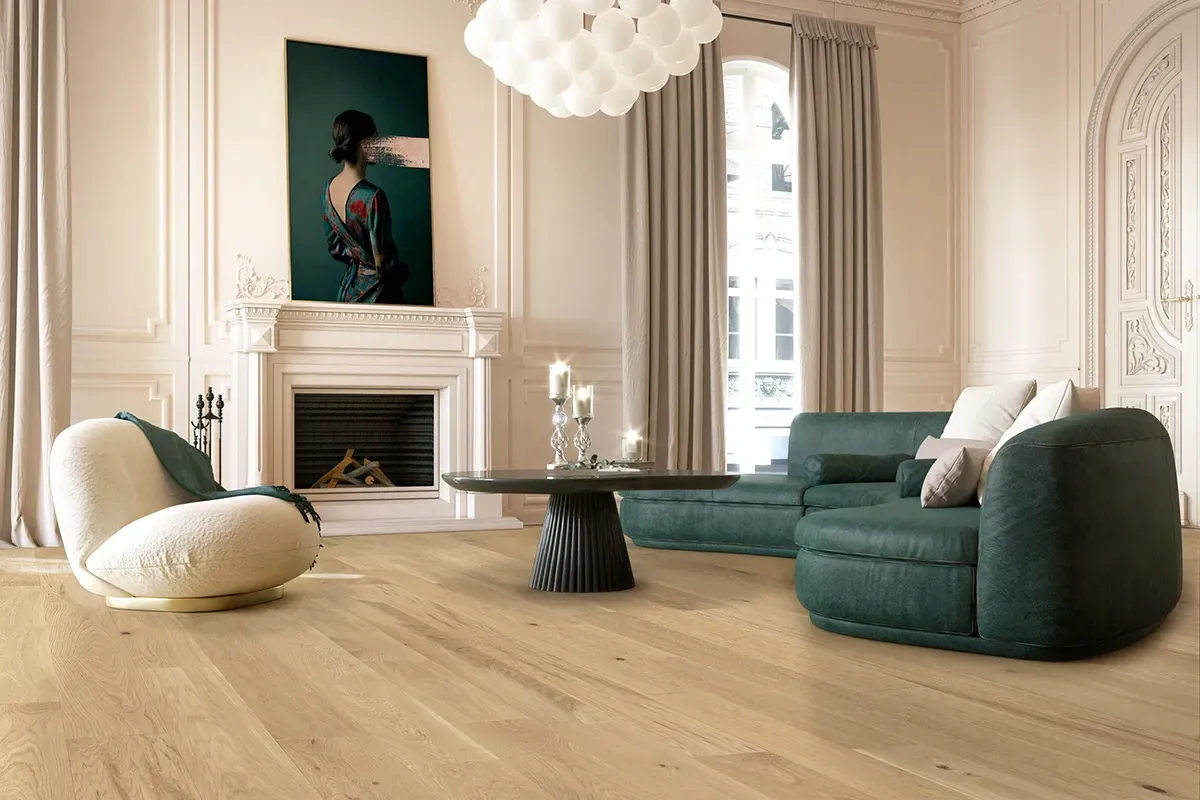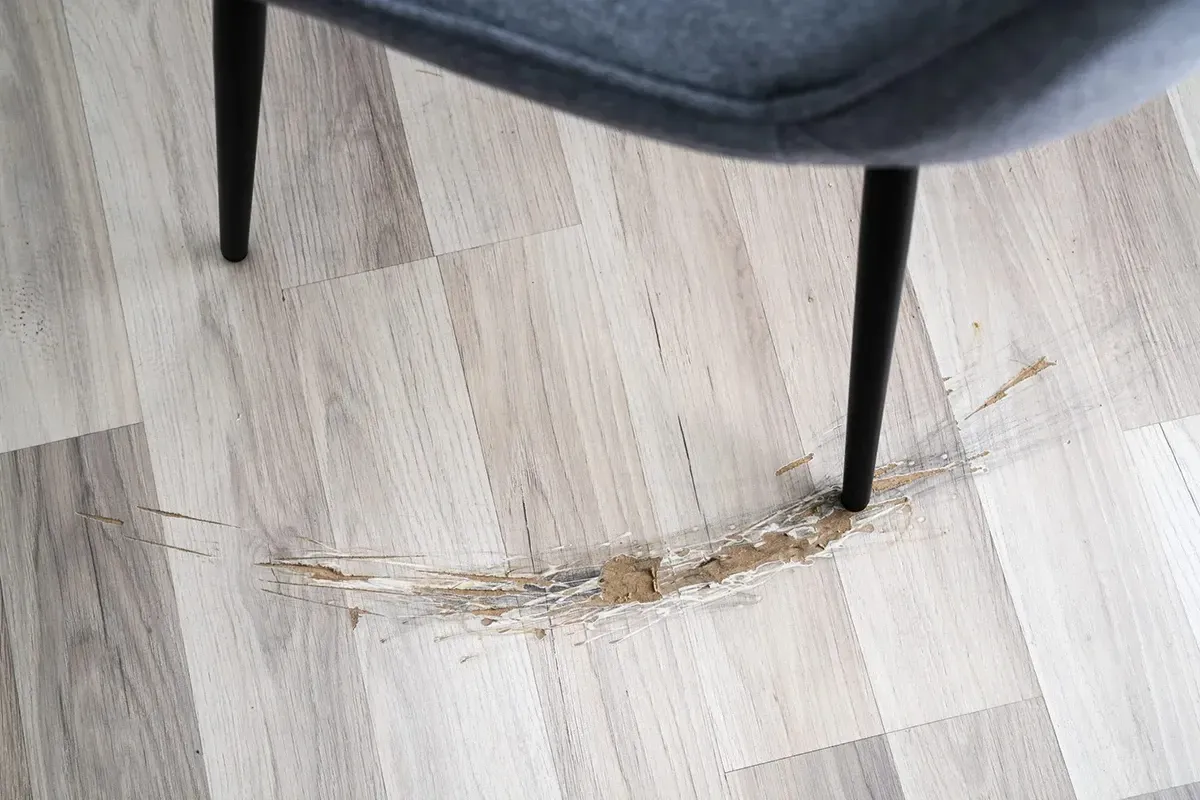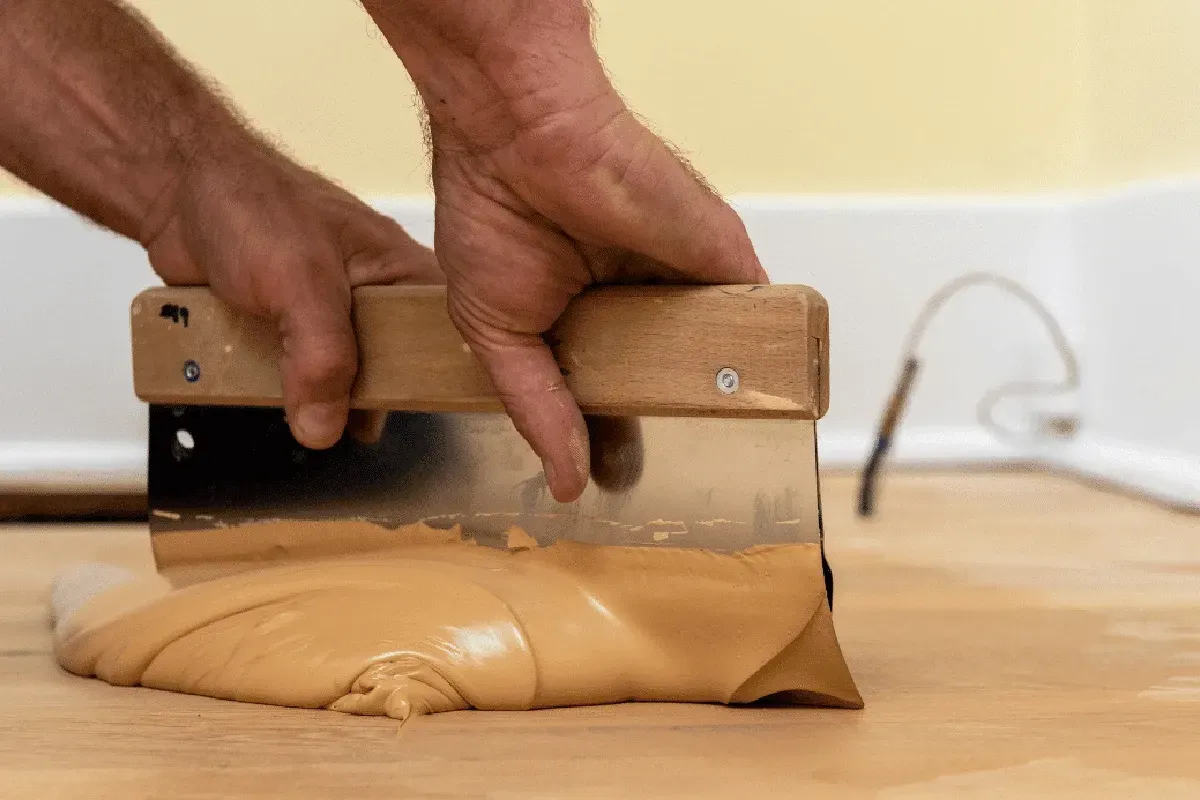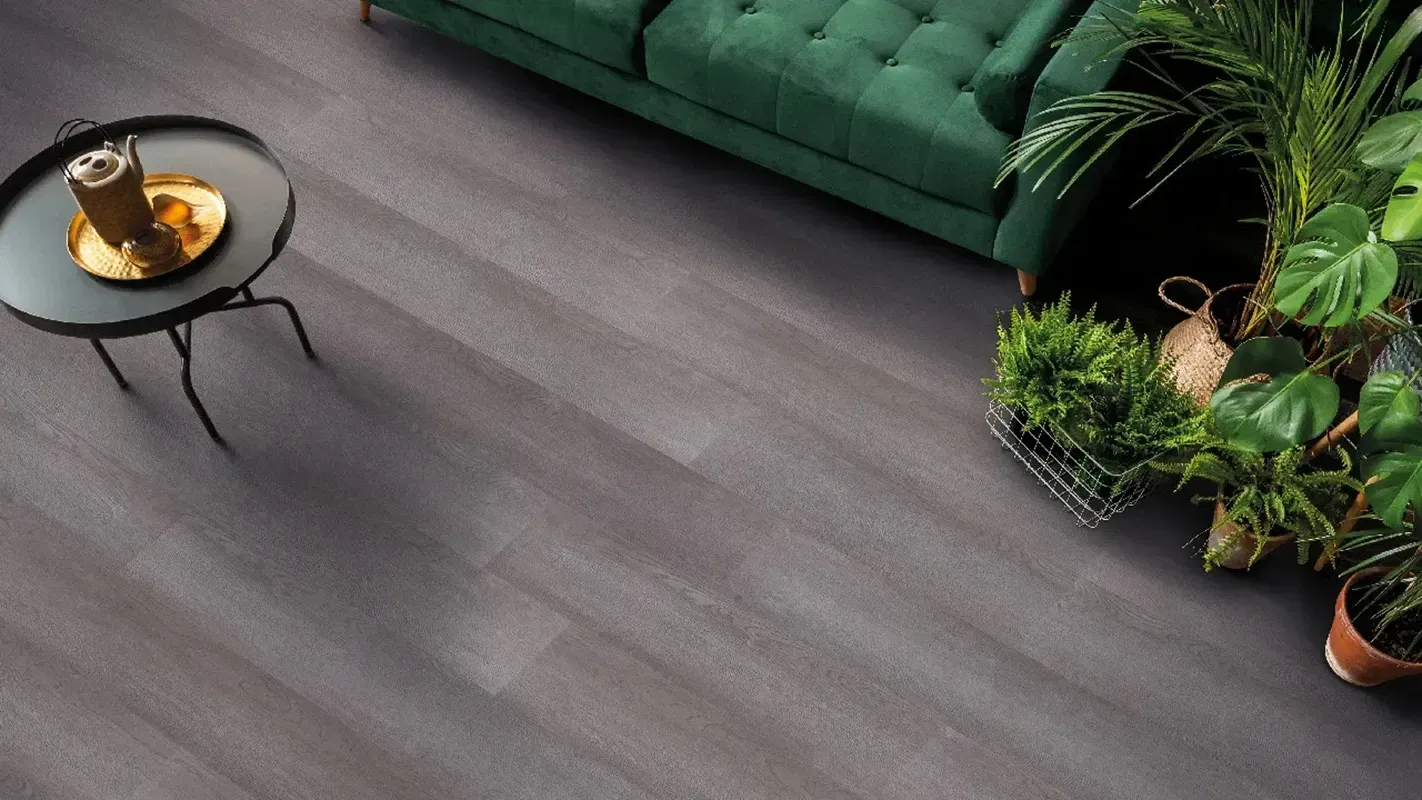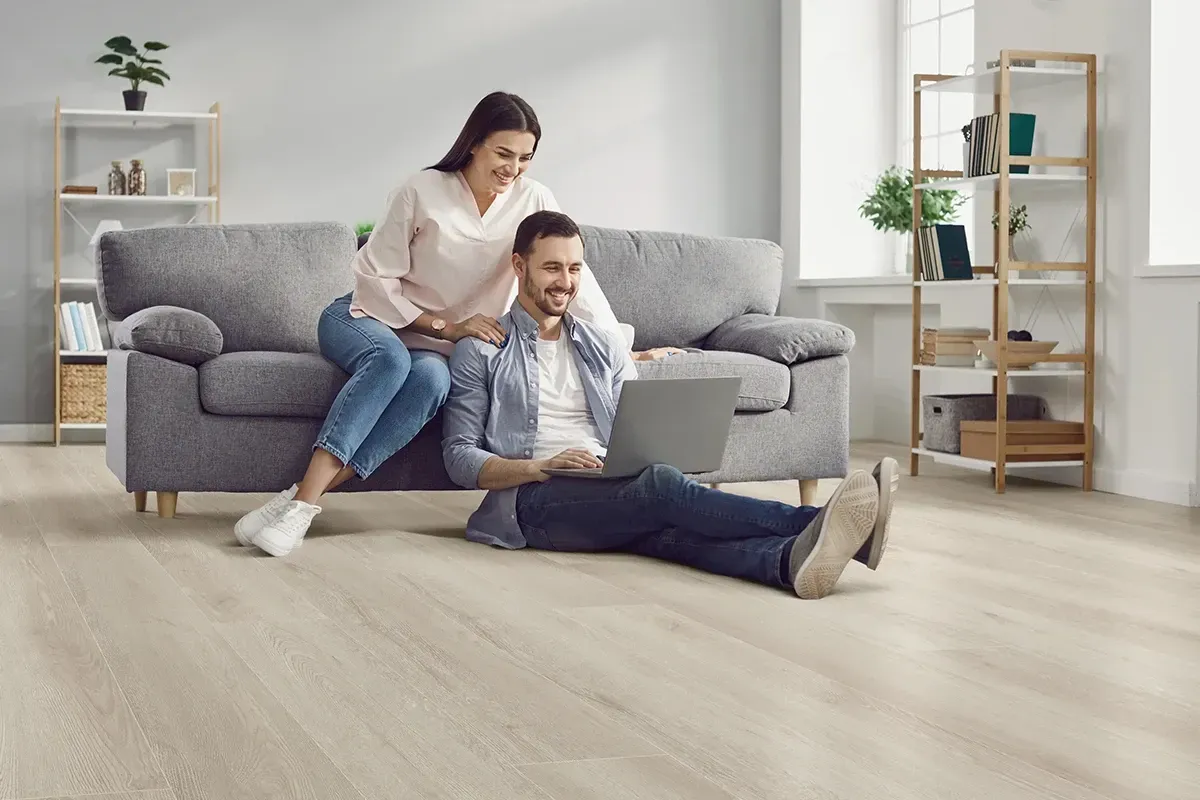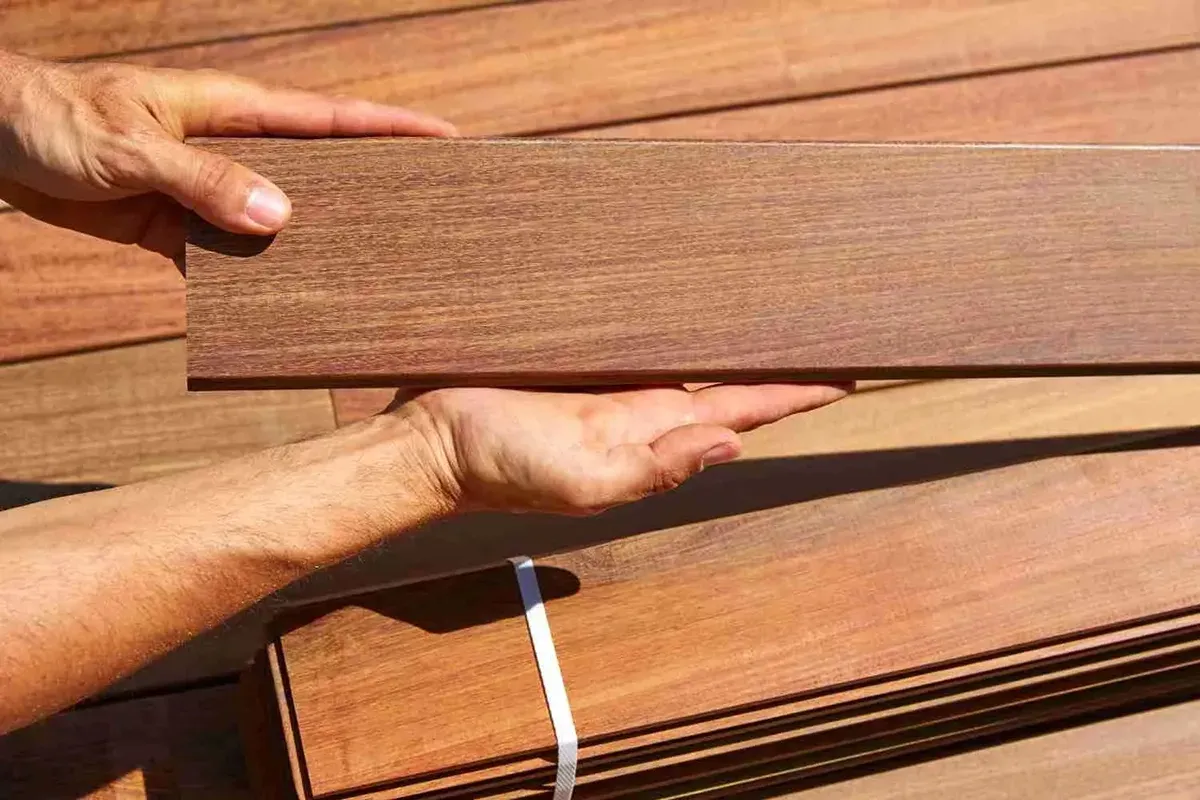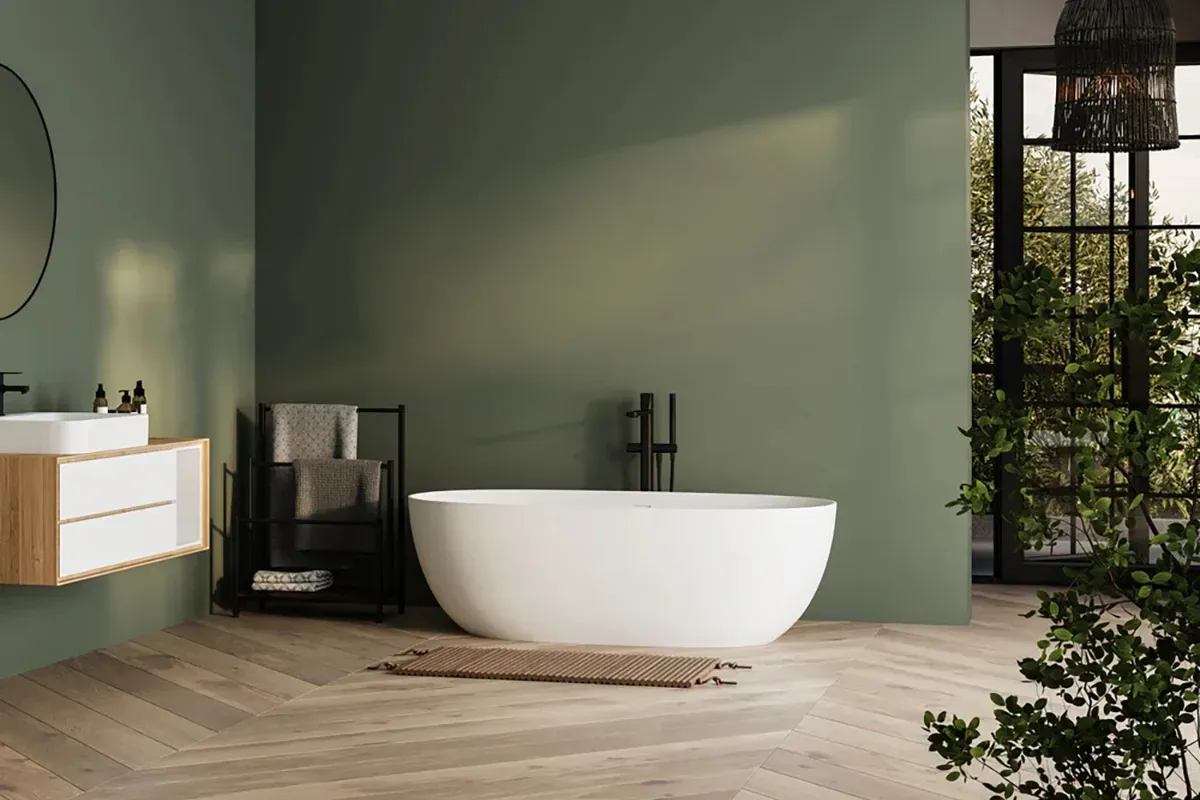Cleaning Hardwood Floors Without Damage
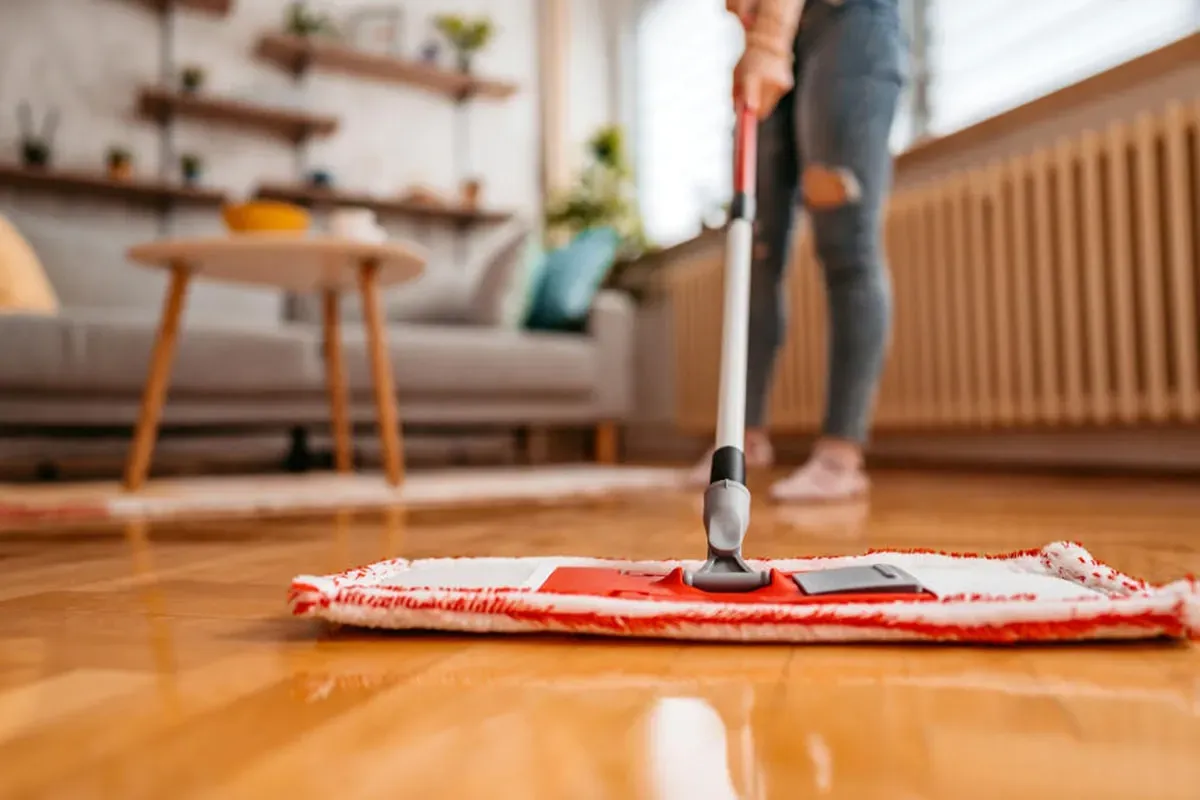
Cleaning hardwood floors clean can feel intimidating, especially if you want to avoid damage and preserve their natural beauty. Below, we’ve put together a comprehensive guide that covers everything from everyday cleaning to tricky problems like old stains and mold concerns. Whether you have brand-new planks or 100-year-old hardwood floors, these tips will help you keep them looking their best.
At Rejuvenation Floor & Design, we specialize in sales, installation and restoration of hardwood flooring in the Portland, Oregon area. Over the years we've tried and tested all of these methods and more.
TL;DR: To clean hardwood floors safely, avoid excess water, harsh cleaners, and steam mops. Use a damp microfiber mop and a pH-neutral hardwood cleaner for everyday maintenance. Skip bleach and wax products, disinfect gently with vinegar or approved wood-safe solutions, and always dry floors immediately. For old or unsealed wood, clean with minimal moisture, and consult a professional for deep stains, mold, or refinishing needs.
Best Way to Mop Hardwood Floors
When it comes to mopping hardwood floors, the number one rule is to avoid too much water. Excess moisture can seep between boards and cause swelling or warping. The safest approach is to use a damp (not wet) microfiber mop with a gentle hardwood floor cleaner. Work in small sections, rinsing the mop frequently, and dry the surface as you go.
For routine maintenance, you may not even need liquid at all. A dry microfiber dust mop or a vacuum designed for hard floors can pick up dirt and grit that might otherwise scratch the surface. Regular sweeping is especially important in entryways and high-traffic areas where small bits of sand or gravel might get tracked inside and act like sandpaper against your floor’s finish.
If you prefer a different cleaning solution, look for a hardwood floor cleaner by BONA.
Hardwood floor cleaners to Avoid:
- Harsh all-purpose cleaners
- Ammonia-based products
- Anything that promises a “deep clean” but doesn’t specify it’s safe for wood
Can You Use a Steam Mop on Hardwood Floors?
In most cases, steam mops are not recommended for hardwood flooring — even if the manufacturer claims it’s safe. Attempting to clean hardwood floors with steam forces hot moisture into seams and joints, which can weaken the finish and eventually damage the wood. This is particularly risky for older floors or floors with micro-gaps between planks. If you love the idea of steam cleaning, use it only on sealed floors and at the lowest possible setting, and always follow up with a dry cloth to remove any lingering moisture.
How to Make Wood Floors Shine
If your floors look dull, the solution depends on the type of finish. For most polyurethane-coated floors, regular sweeping and occasional damp mopping with a pH-neutral hardwood cleaner is the best way of cleaning hardwood floors. If the hardwoods were site-finished (not factory finished), you can buff & recoat with a fresh application of the gloss/sheen or your choosing.
If the hardwoods were factory finished, do NOT add anything to the top, as that will typically void your warranty. Consult an expert for a more comprehensive discussion about how to keep your original warranty in tact.
Avoid wax or oil soaps on polyurethane floors, as these can create buildup and make future refinishing difficult. If your floors are truly worn, buffing and re-coating or a full refinishing may be needed to restore their original shine. In between major work, area rugs and felt pads under furniture can help prevent scratches and keep your finish looking good for as long as possible.
How to Disinfect Hardwood Floors
Disinfecting hardwood floors should be done with care, as harsh chemicals can strip the finish. Instead of bleach or strong disinfectants, use a solution of water and a small amount of white vinegar (about half a cup per gallon). Lightly mist the floor and immediately wipe dry.
For a more targeted approach, a disinfectant cleaner specifically labeled for hardwood floors is the safest option. These products are designed to kill bacteria without damaging finishes. Please consult your hardwood manufacturer before attempting solutions, so as to avoid warranty issues.
Can You Use Bleach on Hardwood Floors?
Generally, no — bleach is too harsh for most wood finishes and can cause discoloration. Due to this, cleaning hardwood floors with beach should be avoided. It can also weaken the protective top layer and leave the wood vulnerable to staining. If you need to treat a stain or sanitize an area, opt for diluted hydrogen peroxide instead. Apply it sparingly with a soft cloth, allow it to sit briefly, and wipe dry. For severe issues like mold or pet accidents that have penetrated deeply, sanding and refinishing may be the most reliable solution. Once again, consult the manufacturer ahead of time before treating your floors in a way that would void the warranty.
How to Clean Old Hardwood Floors
Older hardwood floors may have a more delicate finish or no finish at all. It's best to start with the gentlest methods.
How to clean old hardwood floors:
- Sweep with a soft-bristled broom
- Vacuum with a hard-floor setting
- Mop with a barely damp microfiber mop
Avoid heavy cleaners, as they can strip away patina or damage a thin finish. If the floor is bare wood, you may want to consider applying a finish or sealer after cleaning to help protect it going forward.
If the floor squeaks or has gaps, be extra careful with moisture — even small spills can slip between boards and sit on the subfloor, leading to damage over time.
How to Clean Unsealed Wood Floors
Unsealed floors require extra care since water can easily soak in and cause staining or warping. Use a dry or slightly damp microfiber mop and immediately dry the area after wiping. For spot cleaning, a barely damp cloth with a mild soap solution can work — just never saturate the wood.
If you have extensive unsealed flooring, you may want to talk with a flooring specialist about sealing or finishing it. This will make cleaning easier and help protect the wood from everyday wear and tear.
How to Handle Old Urine Stains on Hardwood Floors
Urine stains on hardwood floors can be one of the toughest problems to solve. If the stain is on the surface, an enzymatic cleaner designed for pet messes may help break down odor-causing bacteria. These cleaners work best when given time to sit and penetrate before wiping away.
For deeper stains that have penetrated the wood, you may need to sand and refinish the affected area, and possibly extract the damaged planks and have new planks laced in place.
Signs of Mold Under Hardwood Floors
Mold growth under hardwood can occur if there’s been a water leak, flooding, or high humidity.
Signs of mold under hardwood floors include:
- A musty smell in the room
- Dark spots or discoloration appearing between boards
- Buckling, warping, or cupping planks
- Allergy-like symptoms when spending time in the space
If you suspect mold, it’s best to call a professional to inspect the floor. They may need to lift a few boards to check what’s happening underneath and determine if remediation is necessary. Addressing mold early can prevent larger problems like structural damage or health risks.
Final Thoughts
Hardwood floors can last for generations with proper care — and cleaning is one of the biggest factors in keeping them beautiful. Use gentle, moisture-conscious methods for everyday cleaning, treat stains promptly, and avoid harsh chemicals that can harm the finish. When in doubt, consult your flooring professional for guidance on products that are safe for your specific floor type.
If your hardwood floors are showing wear or damage, our team at Rejuvenation Floor & Design can come assess your floors and provide personalized recommendations to help restore and maintain their beauty.



